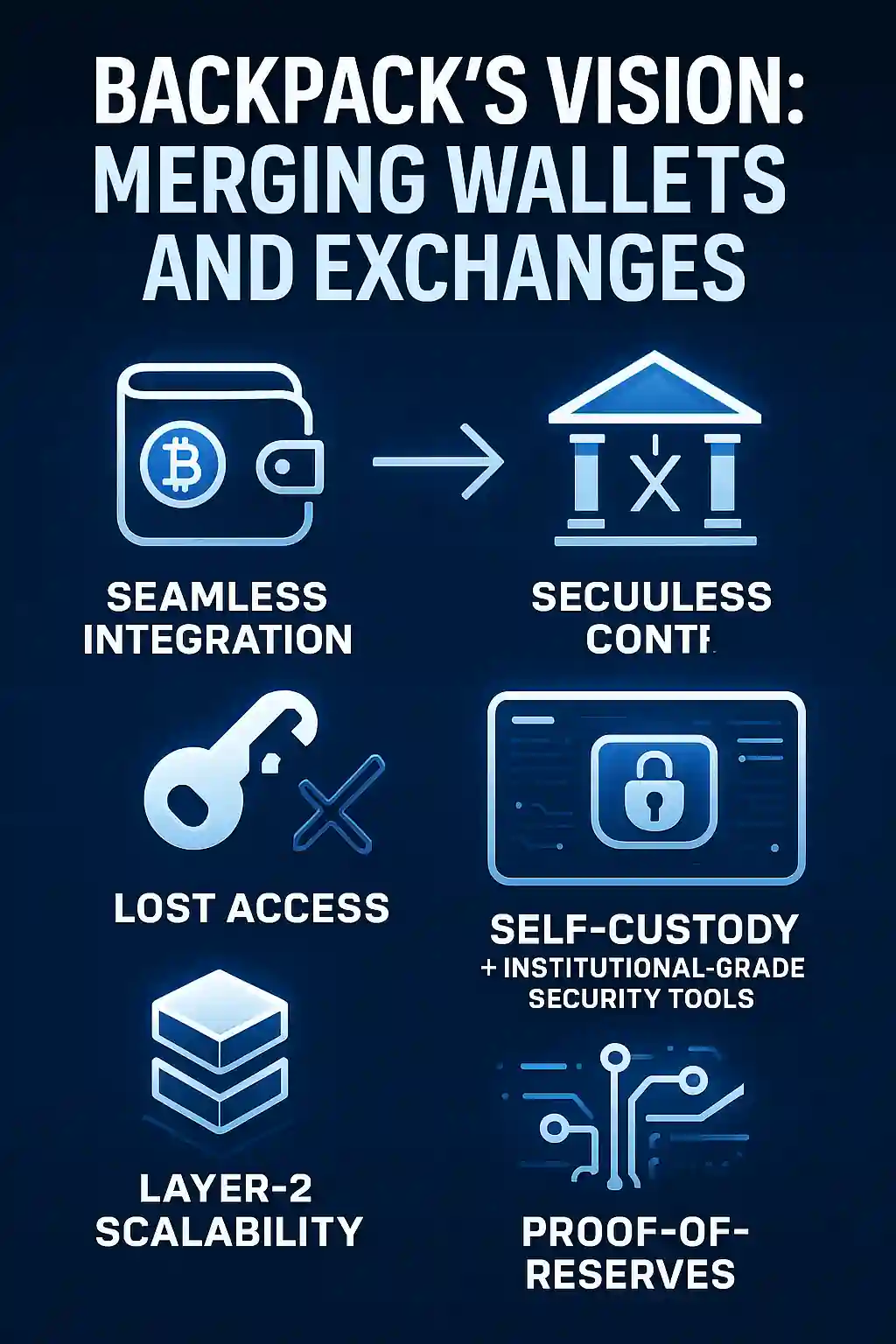Backpack’s Vision: Uniting Wallets and Exchanges
Armani Ferrante, CEO of Backpack, says the crypto industry is entering a new phase. In an interview with TheStreet Roundtable, he explained how centralized exchanges and on-chain economies are merging — and why Backpack is leading that charge.
For Ferrante, the days of treating exchanges and crypto wallets as separate worlds are ending. As billions flow into decentralized applications, the pressure to bridge these systems grows stronger.
Backpack Targets the Key Pain Point — Lost Keys
The biggest flaw in current crypto wallet systems is simple: users lose access to their keys. According to Ferrante, “billions of dollars is lost every single year from people that lose access to their seed phrase.”
Backpack aims to fix that. By using new tools like account abstraction, the platform can step in to help users recover wallets — without taking custody of their assets. This blends user control with robust backup systems.
A Unified Product for Security and Control
Ferrante envisions a world where the Backpack wallet and exchange are one. “The safest way you will be able to self-custody your assets is with a centralized exchange,” he asserts.
This doesn’t mean giving up control. Instead, Backpack plans to offer a seamless interface that combines self-custody with institutional-grade security — a model that offers the best of both centralized and decentralized systems.
Proof-of-Reserves as a New Standard
Transparency is a second core pillar. Ferrante believes that proof-of-reserves audits — live on-chain evidence that user deposits are backed — will become standard for all major financial institutions.
Backpack is building this directly into its platform. With live, verifiable reserve data, users get real-time confidence in the platform’s integrity.
Scalability Through Layer-Two Innovation
The final step? Speed. Backpack is investing in layer-two blockchain networks, which allow for high-speed trading without sacrificing security or decentralization.
These innovations are part of a broader shift: rebuilding the exchange itself to work directly on-chain. Ferrante sees this as critical for scaling without centralizing risk.
Backpack’s Mission: Self-Custody for the Masses
“Self-custody today is not ready for prime time,” Ferrante says. But by redesigning wallets and exchanges as a single, security-optimized product, Backpack could make self-sovereign finance more accessible — and help prevent the loss of billions each year.
Backpack isn’t just another crypto wallet. It’s a blueprint for how crypto exchanges can evolve — merging transparency, control, and safety into one intuitive platform.




